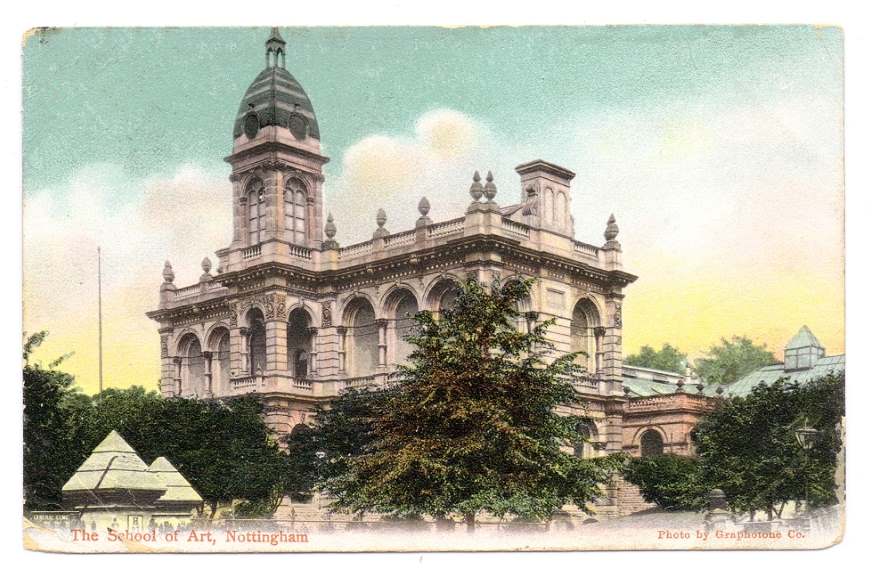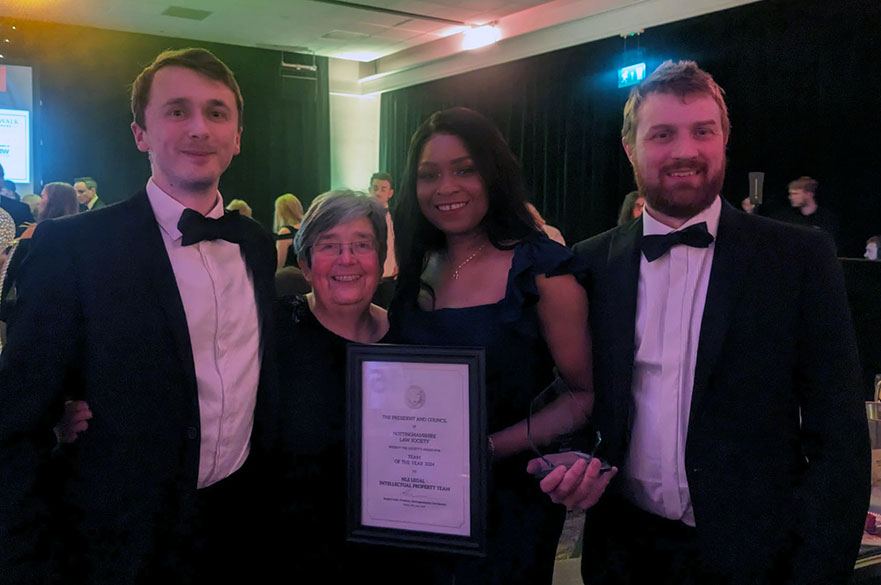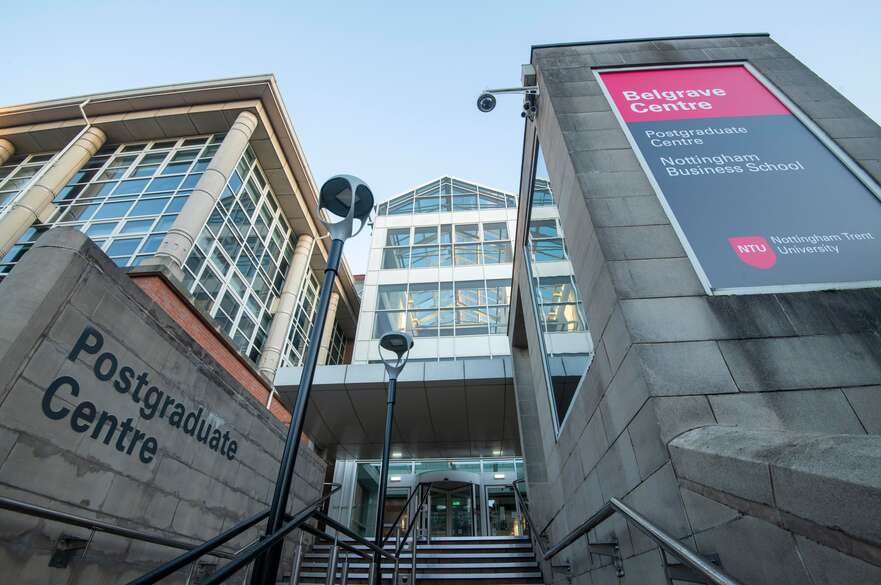John Beck and Matthew Cornford - The Art Schools of the East Midlands at Bonington Gallery
This autumn Bonington Gallery presents The Art Schools of the East Midlands, the latest iteration of John Beck’s and Matthew Cornford’s ambitious Art School Project to locate and document the nation’s art school buildings or the sites upon which they once stood.

The project combines photography, text, and archival materials to explore the histories and legacies of Britain’s art schools, and examine the vital role art schools have played, and continue to play, in the cultural and economic life of our towns and cities.
The twin Victorian engines of industrial ambition and social reform powered the British art school system, set up to deliver a skilled labour force for local industry – such as lace manufacture in Nottingham - and much needed educational opportunities to the newly enfranchised working class. Art schools combined practical training and exposure to culture, turning out skilled producers and discerning consumers well into the twentieth century.
By the mid-1960s there were still over 150 art schools in the UK, and ‘art school’ became a journalistic shorthand for creative innovation across arts, design, music and advertising. Yet at the peak of their influence on British cultural life, art schools in many towns and cities were already being amalgamated, reorganised and rebranded as part of a drive to reshape education in the arts. Most art schools have long since been absorbed into larger institutions or faded away.
Bonington Gallery's presentation focuses on the art schools of the East Midlands and features original photographic images of all the region’s art school buildings alongside displays of archival material. The striking grandeur of Derby School of Art’s Gothic Revival building currently stands empty, whilst the Waverley Building built in 1865 for Nottingham School of Art remains one of the few Victorian built art school buildings still actively used for teaching art - as part of Nottingham Trent University. The project is also, importantly, an investigation of our present moment, documenting the sites of former art schools which have been redeveloped or reused.
The exhibition and the accompanying series of talks and events aim to create a space for dialogue and debate, raising questions about the role of the arts and art education in relation to community, history, and identity, and the shifting complex role of cultural production and cultural labour in the contemporary environment.
The Art School Project was prompted by the discovery that the college both Beck and Cornford attended in the early 1980s, Great Yarmouth College of Art and Design, was disused and up for sale. Evolving over 15 years the project takes the form of a series of regionally focused exhibitions. Their work on the West Midlands was recently shown at the New Gallery Walsall, and the North West iteration of the project was exhibited in Liverpool, Bury and Rochdale. The project is documented on Instagram https://www.instagram.com/theartschoolproject/
John Beck and Matthew Cornford studied at Great Yarmouth College of Art and Design (now social housing) in the early 1980s and have served time, as students and members of staff, in colleges and universities across the country. John currently teaches literature and visual culture at the University of Westminster (incorporating what was once Harrow School of Art), and Matthew teaches fine art the University of Brighton (formerly Brighton School of Art).
John Beck and Matthew Cornford
The Art Schools of the East Midlands
22 September – 2 December 2023
Exhibition preview: Thursday 21 September 6-8pm
-
Notes for editors
Press enquiries please contact Sarah McLeod, Corporate Communications Manager, on telephone +44 (0)115 848 8735, or via email.
Bonington Gallery
Bonington Gallery was established in 1969 as part of the modernist purpose-built School of Art & Design, Bonington Building at Nottingham Trent University. Situated at the heart of the art school, the Gallery is surrounded by a wide range of creative disciplines, with strong connections across several academic departments. Whilst the core association of the Gallery is one of contemporary visual art, the resident context drives an artistic programme that unifies a range of artistic, cultural and research practices. This has enabled the gallery to form a unique identity within the regional cultural landscape, whilst establishing a broader critical context associated with reflecting and exploring artistic production and its relationship to wider societal discourse. The Gallery programmes three exhibitions per academic year, accompanied by a prolific public events schedule of talks, screenings and seminars.
The gallery has organised and housed several important exhibitions over the years including Mirage Enigmas of Race, Difference and Desire, 1996 (including Sonia Boyce, Glenn Ligon and Steve McQueen) and BT New Contemporaries, 1992 (including Tacita Dean and Permindar Kaur). Recently Bonington Gallery has developed solo exhibitions with Onyeka Igwe, Stephen Willats, Cedar Lewisohn, Sara MacKillop, Dick Jewell, Ruth Angel Edwards and group projects with The Community, Paris, The Serving Library and Nottingham Black Archive.
Bonington Gallery is part of Curated & Created, NTU’s extra-curricular and public arts programme.About Nottingham Trent University
Nottingham Trent University (NTU) received the Queen’s Anniversary Prize for Higher and Further Education in 2021 for cultural heritage science research. It is the second time that NTU has been bestowed the honour of receiving a Queen’s Anniversary Prize for its research, the first being in 2015 for leading-edge research on the safety and security of global citizens.
The Research Excellence Framework (2021) classed 83% of NTU’s research activity as either world-leading or internationally excellent. 86% of NTU’s research impact was assessed to be either world-leading or internationally excellent.
NTU was awarded The Times and The Sunday Times Modern University of the Year 2023 and ranked University of the Year in the Whatuni Student Choice Awards 2023. It was awarded Outstanding Support for Students 2020 (Times Higher Education Awards), University of the Year 2019 (Guardian University Awards, UK Social Mobility Awards), Modern University of the Year 2018 (Times and Sunday Times Good University Guide) and University of the Year 2017 (Times Higher Education Awards).
NTU is the 5th largest UK institution by student numbers, with approximately 40,000 students and more than 4,400 staff located across five campuses. It has an international student population of 7,000 and an NTU community representing over 160 countries.
Since 2000, NTU has invested £570 million in tools, technology, buildings and facilities.
NTU is in the UK’s top 10 for number of applications and ranked first for accepted offers (2021 UCAS UG acceptance data). It is also among the UK’s top five recruiters of students from disadvantaged backgrounds and was the first UK university to sign the Social Mobility Pledge.
NTU is ranked 2nd most sustainable university in the world in the 2022 UI Green Metric University World Rankings (out of more than 900 participating universities).
- Category: NTU Arts; Press office


